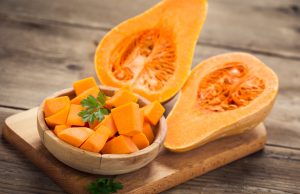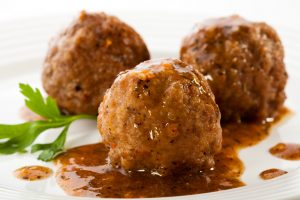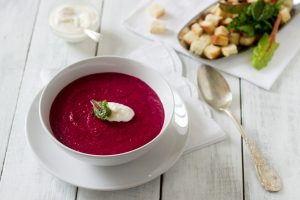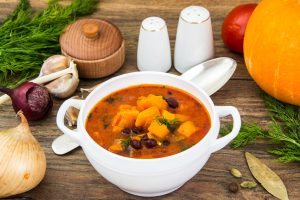Prep Time: 5 minutes
Cook Time: 20 minutes
Makes: 4+ servings
Ingredients:
- 1 cup red lentils (raw, uncooked)
- 1 yellow onion, diced
- 4 cloves garlic, diced
- 2 cups butternut squash, cubed
- 1 tsp olive oil
- 4 cups vegetable broth
- 1 tsp coriander
- 1 tsp cumin
- 1/2 tsp paprika
- 1/2 tsp salt
Directions:
- In a large pot over medium heat, add olive oil, onions, and garlic. Sauté for 2-3 minutes.
- Add all remaining ingredients. Bring to a boil, then reduce to a simmer. Cook for 20 minutes.
- Once done cooking, allow soup to cool. Carefully pour all ingredients in a blender and blend until smooth. *Do not blend hot soup!
Original recipe from TIU can be found here!








